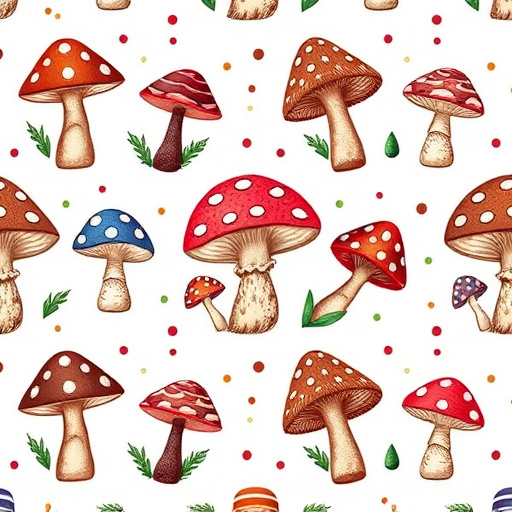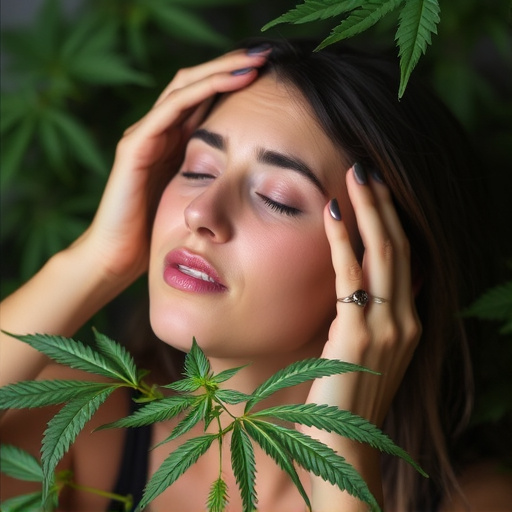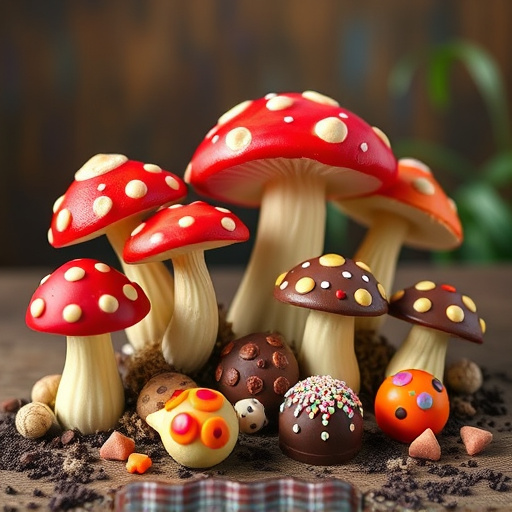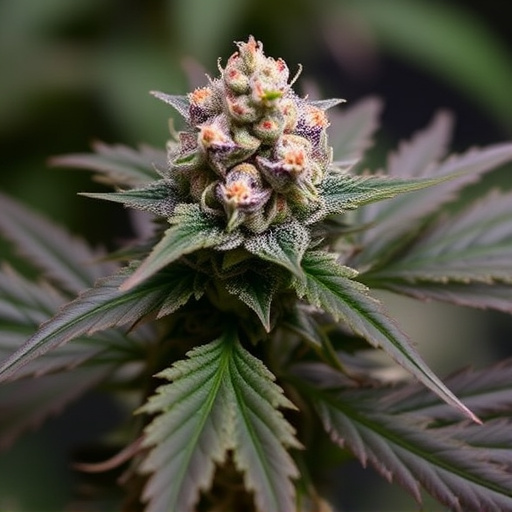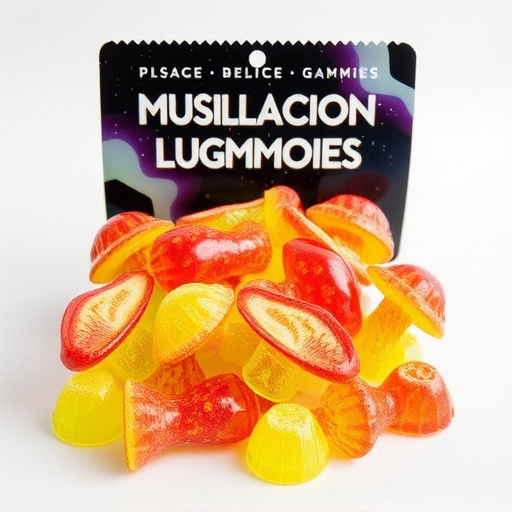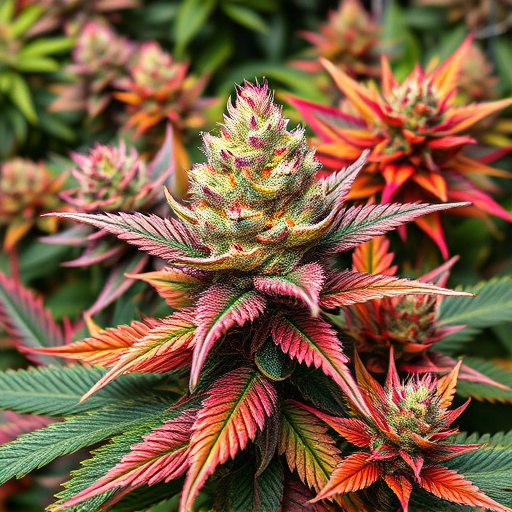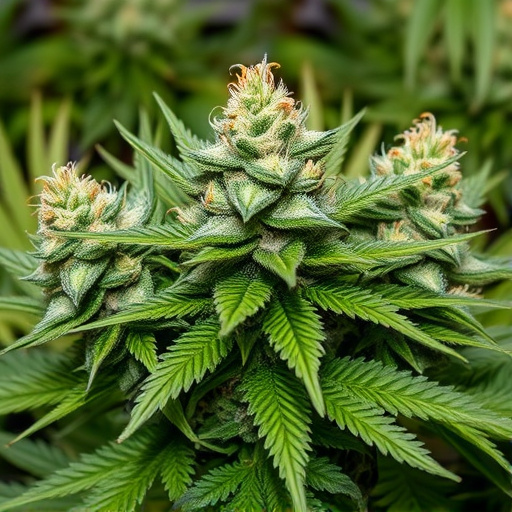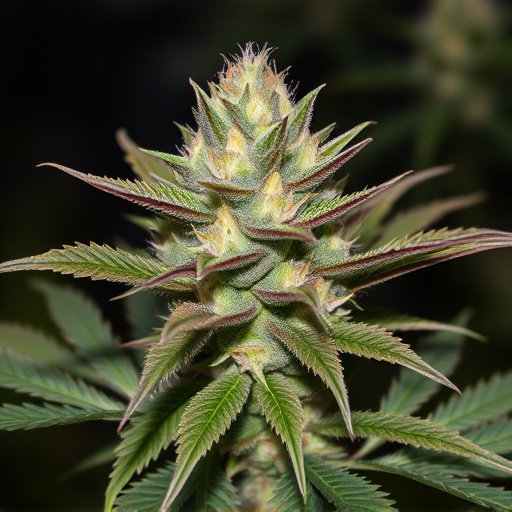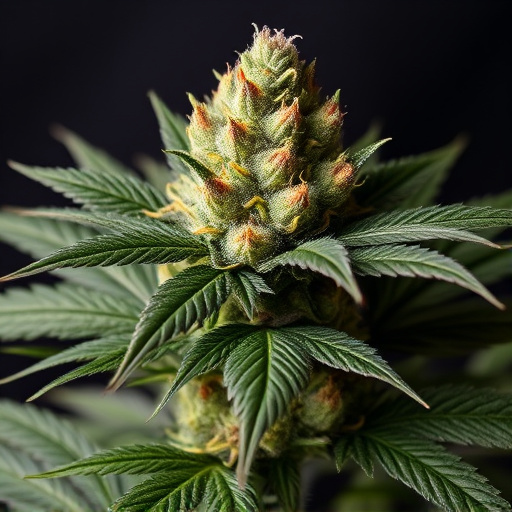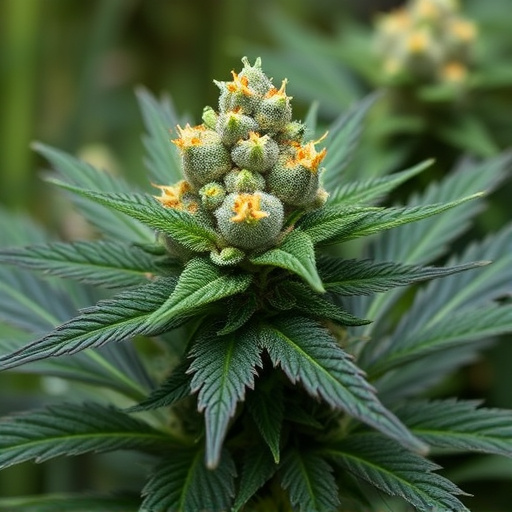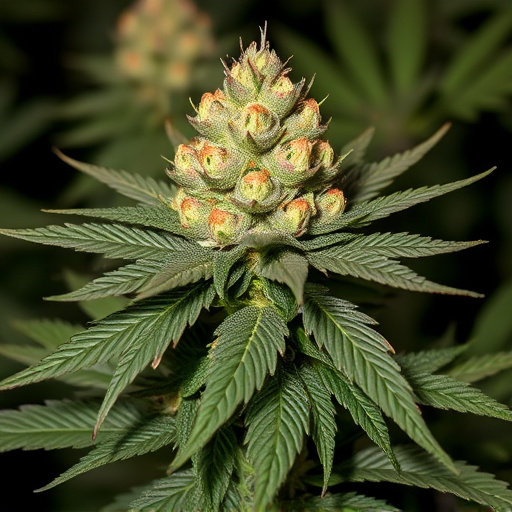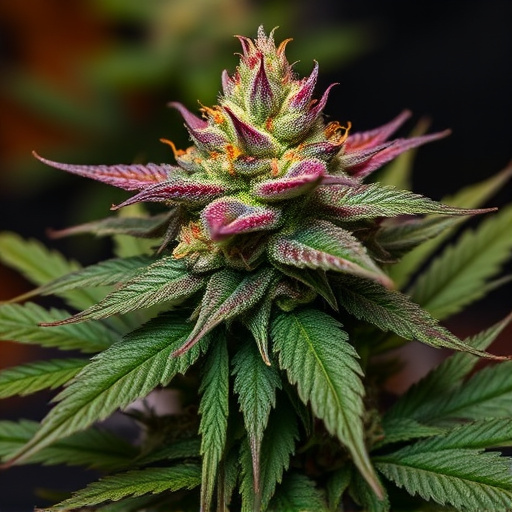Cannabis potency, measured through THC levels, is determined by genetic factors and chemical compounds unique to each strain, with colors offering valuable insights. Indica dominant hybrid strains, known for high THC content and potent relaxation effects, often display darker shades and specific terpene profiles like myrcene. Understanding cannabis color and chemistry can help users navigate the market, choosing varieties that match their desired effects and potency, especially within the context of indica dominant hybrids.
“Uncover the intriguing connection between cannabis color and its potency. While often overlooked, the visual appeal of this versatile plant may hold hidden insights into its chemical composition. In this article, we explore whether the vibrant hues of different cannabis varieties truly reflect their potential effects.
From understanding the fundamentals of cannabis chemistry to delving into specific indica-dominant hybrid strains, we analyze how color can influence the potency profile. Discover the science behind these natural variations and learn why choosing the right strain might be key to an enhanced cannabis experience.”
- Understanding Cannabis Chemistry and Potency
- The Role of Color in Cannabis Composition
- Indica Dominant Hybrid Strains and Their Potency Profile Analysis
Understanding Cannabis Chemistry and Potency
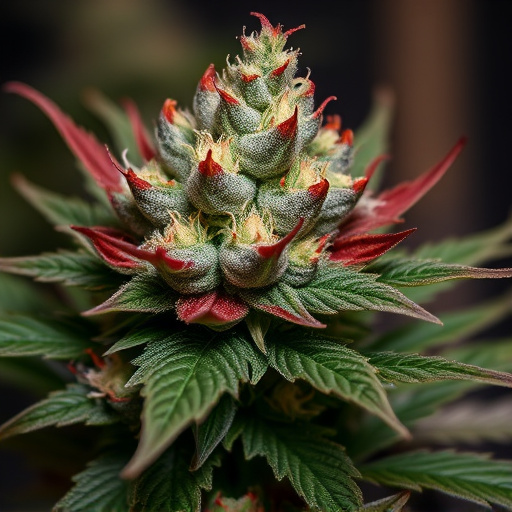
Cannabis potency, often measured in THC (tetrahydrocannabinol) levels, is a complex interplay of various chemical compounds and genetic factors unique to each strain. Understanding cannabis chemistry is crucial when exploring how different colors might influence its perceived potency. The plant’s vibrant hues are not merely aesthetic; they can provide valuable insights into the strain’s composition. For instance, darker shades in indica dominant hybrid strains may suggest higher concentrations of certain cannabinoids, including THC, which contribute to its potent effects.
Delving deeper, cannabis chemistry involves a diverse range of terpenes and flavonoids—aromatic compounds responsible for the plant’s unique flavors and potential therapeutic benefits. The interaction between these chemicals and cannabinoids determines the strain’s overall potency. Therefore, when comparing cannabis varieties based on color, it’s essential to consider not just visual differences but also the specific chemical profiles associated with each shade, particularly in indica dominant hybrid strains known for their distinct characteristics and high THC content.
The Role of Color in Cannabis Composition
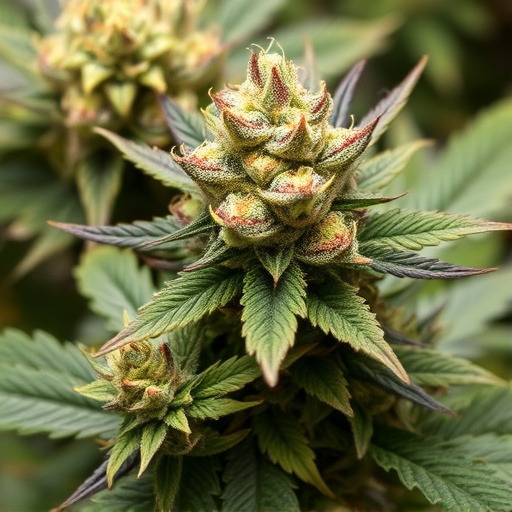
The color of cannabis flowers can offer insights into their composition and potential potency. This is because color is influenced by various compounds, including cannabinoids and terpenes, which play a significant role in the plant’s overall effect. For instance, vibrant shades of purple or blue in indica dominant hybrid strains are often associated with higher levels of THC, the primary psychoactive compound responsible for cannabis’ intoxicating effects.
These visually striking colors can be attributed to anthocyanins, a type of pigment that also provides antioxidant benefits. Terpenes, which contribute to the plant’s aroma and flavor, further interact with cannabinoids, influencing their availability and potency. As such, understanding the color spectrum of different cannabis varieties can provide valuable clues about their potential potency and desired effects.
Indica Dominant Hybrid Strains and Their Potency Profile Analysis
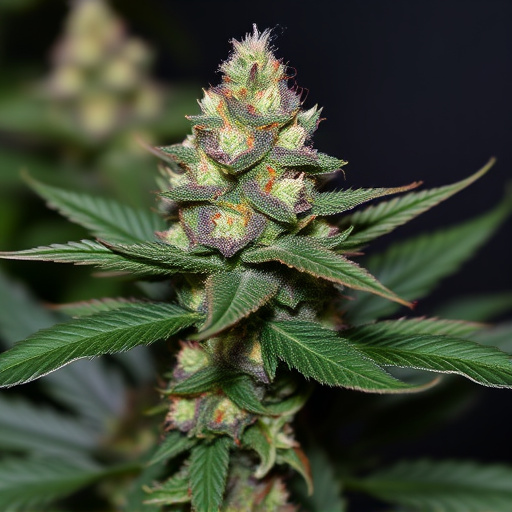
Indica dominant hybrid strains have long been celebrated for their potent effects, often associated with deep relaxation and sedative properties. These strains, characterized by their heavy, dense buds and distinct earthy or woody aromas, are favored by many users seeking robust relaxation and pain relief. Analysis of indica dominant hybrids reveals a higher concentration of cannabinoids like THC, which is responsible for the strain’s psychoactive properties. Furthermore, these strains tend to have lower levels of CBD, resulting in an imbalanced cannabinoid profile that leans heavily towards psychotic effects.
The potency profile of indica dominant hybrids is not solely determined by cannabinoid content, however. Terpenes, aromatic compounds that contribute to the unique flavor and aroma of cannabis, also play a significant role. Specific terpenes like myrcene, known for its relaxing properties, are often found in high concentrations within these strains. This combination of elevated cannabinoids and specific terpenes contributes to the overall potency and distinctive effects associated with indica dominant hybrid strains.
While the role of color in cannabis potency remains a subject of ongoing research, evidence suggests that specific hues may correlate with particular cannabinoid profiles. Indica dominant hybrid strains, for instance, often exhibit darker colors and have been associated with higher levels of THC. However, it’s crucial to remember that overall potency is influenced by many factors beyond appearance alone, including genetic makeup and cultivation practices. Understanding these nuances allows consumers to make more informed choices, ensuring they experience the desired effects from their cannabis consumption.
